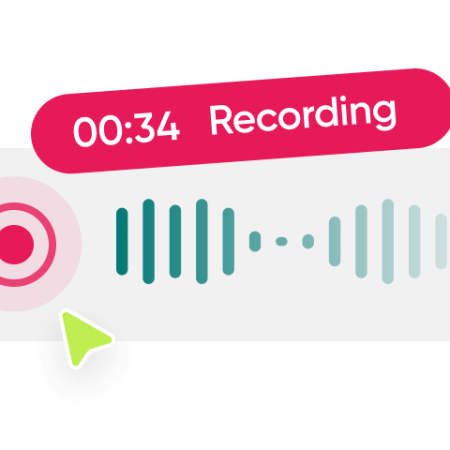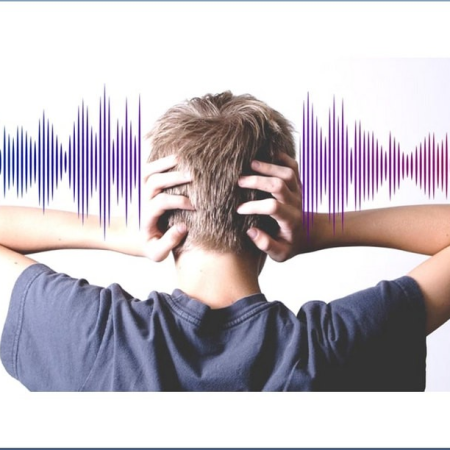-
7 ways to reduce background noise while recording


There are meanings relative to the noise floor. And it’s your job as a self-governing artist and/or producer to understand each meaning and work around them.
Imagine four walls, a ceiling, and a floor. Now consider there’s a flood of water pouring through the front door. Fundamentally, that water is the slight hum coming through your studio monitors. Even so it can also be cars rumbling by outside your window. In fact , it really is electrical noise from your gear or any disruptive sound your taking gear picks up…The definition of the noise floor
Background racket as a noise floor
How to reduce background noise while creating
Perform closer to the mic
Acoustic panels & bass blocks
Lay a rug over wooden flooring
Record with off curtains
Plug your equipment into the same outlet
Check your wire connectionsIt goes without saying that you don’t want any water seeping through your home. However , that’s not possible with electrical devices. And if you live from a busy environment, tackling environmental noise becomes a nightmare.
The definition belonging to the noise floor
In electrical devices, noise floor is the absolute amount of noise that your device produces before running any indicate through it. In other words, noise floor is the amount of the unwanted stick that your device creates – any signal other than the one you could be monitoring. Know more visit on this postAnd all electronic devices produce some level of noise too. For example, when shopping for audio interfaces and other electrical audio gear, you’ll realize figures next to metrics like THD+N and Signal to Racket Ratio. These metrics refer to the amount of signal that will leave your company audio interface that isn’t the signal you’re monitoring ~ noise.
But the Signal to Noise ratio is a little more special of the two. SNR represents the difference between the level of noise to your level of your signal, expressed in dB.
-
15 Ways To Effectively Reduce Microphone Noise


The quality of noise in a microphone signal can ruin an otherwise perfect reasonable capture. Low noise levels separate the pro from the amateur mp3 recordings and should be strived for by everyone.
How To Help reduce Microphone Noise:
Choose A Condenser Or Active Mic With Cheap Self-Noise
Choose A Dynamic Mic With A Humbucking Coil
Place Mics Closer To The Sound Source
Use A Shock Mount
Use A Pop Sift
Record In Quiet Or Soundproof Environments
Use Balanced Mic Cables
Do Not Run Mic Cables Alongside Power Cables
How to use RF Filter
High-Pass Filter The Mic Signal
Use A Sleep pad When Approaching Max SPL
Plug The Mic Into A Microphone Input
Use Clean Preamps
Use An In-Line Preamp Before The Microphone stand Preamp
Use A Noise Suppression Plugin In Your DAW
Let’s look at each of these methods in greater detail.1 . Choose A Condenser Or possibly Active Mic With Low Self-Noise
Condenser microphones (and various active microphones) have what is known as “self-noise. ”Self-noise is identified as the noise introduced into the mic signal via active resources (like transistors, vacuum tubes, and printed circuit boards) and the noise emitted from these components that are captured via the mic capsule.
In fact , signal-to-noise ratio (SNR) ratings are given so that you can active microphones based on their self-noise ratings.
When choosing a condenser or active microphone, check out the self-noise rating. Any rating earlier roughly 20 dBA means the microphone will output an evident hiss of noise.
Sticking to mics with low self-noise certainly is the way to go if we’re looking to reduce microphone noise.
-
How to Reduce Audio Noise in Your Recordings


Think that blurry or shaky video is a problem? Sure, video superior is important, but audio noise can ruin your video quite as quickly.
But fixing muddy or noisy audio can be a realistic pain. And recording clean audio can be tough, especially in obnoxious environments.
Whether it’s background noise or less-than-ideal equipment, quite often you end up with hissy or otherwise noisy audio.
But fixing stereo noise doesn’t have to be difficult or time-consuming. In fact , it can be simple!
We’ll show you how to reduce audio noise in your videos.
Here is what you’ll learn
What is audio noise?
How noisy sound recording can ruin your viewer’s experience.
How to reduce audio racket before you start recording.
How to reduce audio noise in your recording.
Ways to easily fix noisy audio, even if it’s already embedded inside of a video.What is audio noise and why is it harmful?
There’s no definition of audio noise, but in general, it’s background sounds that include fans, people talking, cars or trucks driving by, making a noise from faulty audio wires, or other ambient noises which will shouldn’t be in your video.Noisy audio distracts your audience from the important information from the person speaking in your video.
Good mp3 goes a long way in making a good video
In fact , our study, Online video media Viewer Habits, Trends, and Statistics You Need to Know found that a fantastic 75% of the videos we analyzed had clear and easily reasonable voiceovers.
But that’s not all. Almost 90% of the films that submitters rated four or five stars for “how accurately would you think the video achieve its goal” and “how did you for me personally rate the video” had clear audio.
Check out these instances.
Noisy Audio
In the example below, you can clearly hear some hiss. It’s not overly distracting, but it could be a lot greater.Clearly (pun intended) the second clip sounds better. It’s a cleaning solution, clearer, and sounds more professional.
How to remove background music from audio BEFORE you record
The best way to fix noisy audio can be to not have noisy audio, to begin with. That means recording in an environment that is as quiet as possible.You don’t need a professional recording practice to get great results, but you do want to pick the quietest room or possibly area you can find.
Then, you should get familiar with the typical ambient sounds in the area.
-
Subscribe
Subscribed
Already have a WordPress.com account? Log in now.